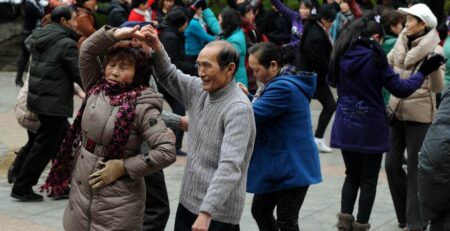US. Despite Market Rebound, Rising Unemployment Hurt Public Pensions
Although cuts to state and local employment in response to the COVID-19 pandemic had only a minor impact on public pensions’ funded ratios, they did cause a rise in the required contribution rates, according to a recent report from the Center for Retirement Research (CRR) at Boston College.
The report said that despite better-than-expected revenue for state and local governments during fiscal year 2020, a “dramatic reduction” in the size of the state and local workforce has negatively impacted public pension finances. State and local governments laid off nearly 1.5 million workers between March and August 2020, which represents an approximate 0.5 percentage point drop in state and local government employment as a share of the total US population.
A 0.5 percentage point drop might not seem like much in response to a major event like a pandemic, but the report said it is similar to the decline seen in the wake of the 2008-09 financial crisis, but that drop took place over a much longer period of time.
It also said that while it might seem like lower employment would improve the finances of troubled pension systems because fewer employees means fewer pensions, the decline in payroll can adversely impact plan finances in two ways: reduced employment can lead to less funding and higher required pension contributions, as well as increase the required contribution rates by lowering the payroll base.
According to the report, the aggregate ratio of assets to liabilities for public plans rose to an estimated 74.7% in 2021 from 72.8% in 2020. Despite the projected improvement, the funded ratio is still about 1 percentage point below levels reported more than a decade ago. At the same time, the average actuarially determined employer contribution is estimated to have risen to 22% of payroll from 21.3%.
Read more @AI CIO
187 views










